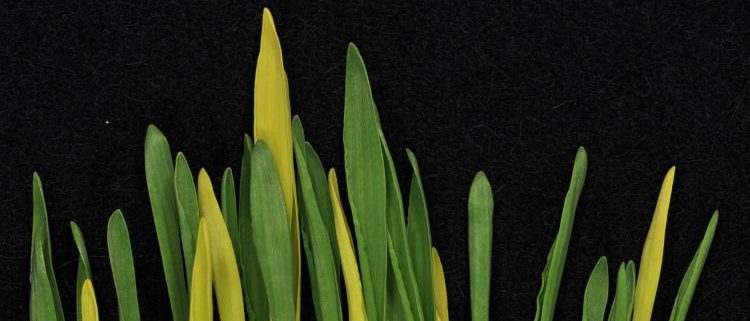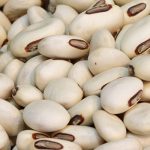Ferredoxins: Putting the Ring in Chlorophyll
Stuart et al. identify the barley Viridis-k gene and assign a specific function for a C-type ferredoxin as the long-sought electron donor for the cyclase enzyme in chlorophyll biosynthesis. https://doi.org/10.1093/plcell/koab150
Background: Chlorophyll is the green color of plants. It is made in several consecutive steps each catalyzed by an enzyme. Mutants from photosynthetic organisms have been used over the years to elucidate the pathway of chlorophyll biosynthesis. In this way, we know that chlorophyll is made from eight molecules of the amino acid glutamate in 15 enzymatic steps. One of the least known enzymes in the pathway is the cyclase, which catalyzes the formation of a ring in the chlorophyll structure. In barley, the cyclase enzyme is named XanL and mutations in the cyclase gene, Xantha-l, causes a plant with yellow color because chlorophyll cannot be made. There are also two additional mutants in barley, viridis-k.23 and viridis-k.170, which are blocked in the cyclase reaction.
Question: In the present study we aimed to identify the Viridis-k gene in order to reveal its function in the cyclase reaction.
Findings: The viridis-k.23 and viridis-k.170 mutants have a large chromosomal rearrangement and a point mutation, respectively, in a gene encoding a ferredoxin with a C-terminal extension. This type of ferredoxin is conserved in chlorophyll-producing plants, algae and bacteria, which suggests a common and important function of this protein. Barley has eight ferredoxins associated with the chloroplast. The yellow appearance of viridis-k mutants suggests that none of the other ferredoxins can replace the VirK ferredoxin and thereby complement a deficiency in the Viridis-k gene. Thus, our study revealed the long sought-after donor of electrons to the cyclase reaction.
Next steps: Ferredoxins transfer electrons in various cellular reactions. Their source of electrons is typically NADPH or photosystem I. Future experiments will focus on the source of electrons to VirK as well as the function of the C-terminal extension. This will be done by general biochemical characterizations and structural studies.
David Stuart, Malin Sandström, Helmy M Youssef, Shakhira Zakhrabekova, Poul Erik Jensen, David Bollivar, Mats Hansson (2021) Barley Viridis-k links an evolutionarily conserved C-type ferredoxin to chlorophyll biosynthesis. The Plant Cell https://doi.org/10.1093/plcell/koab150




